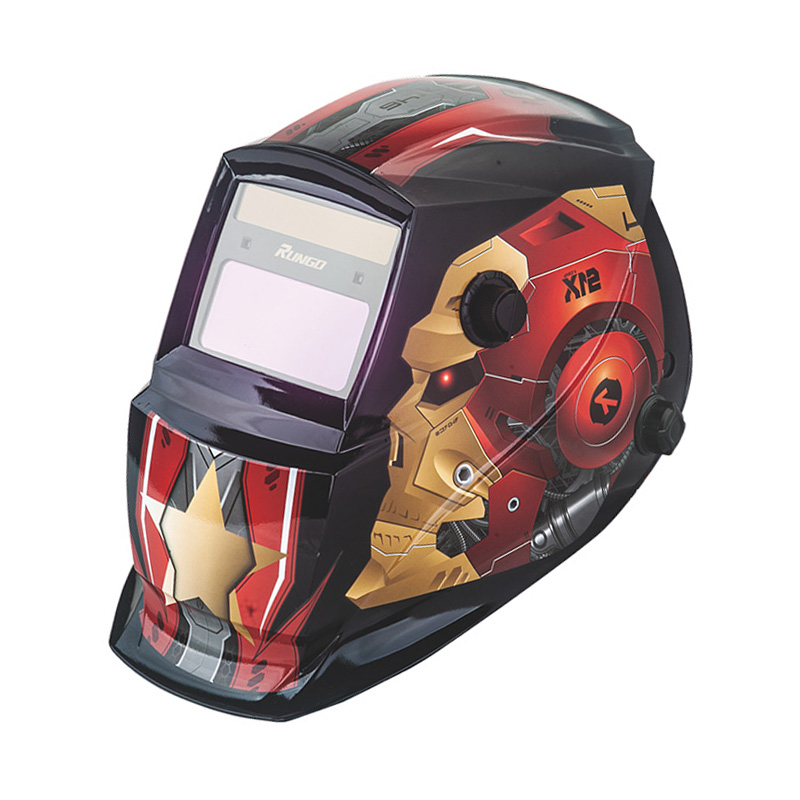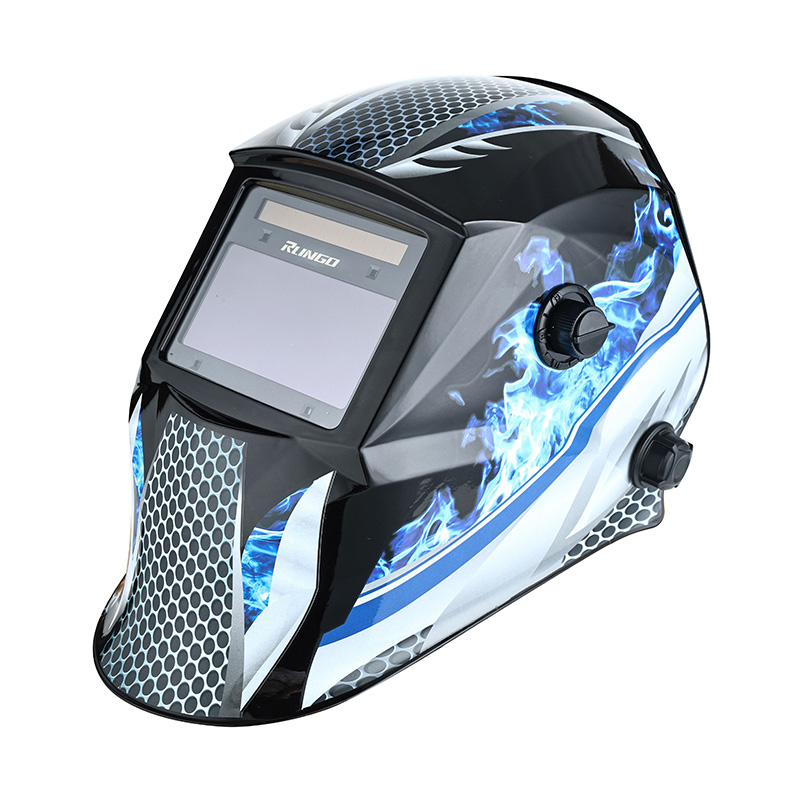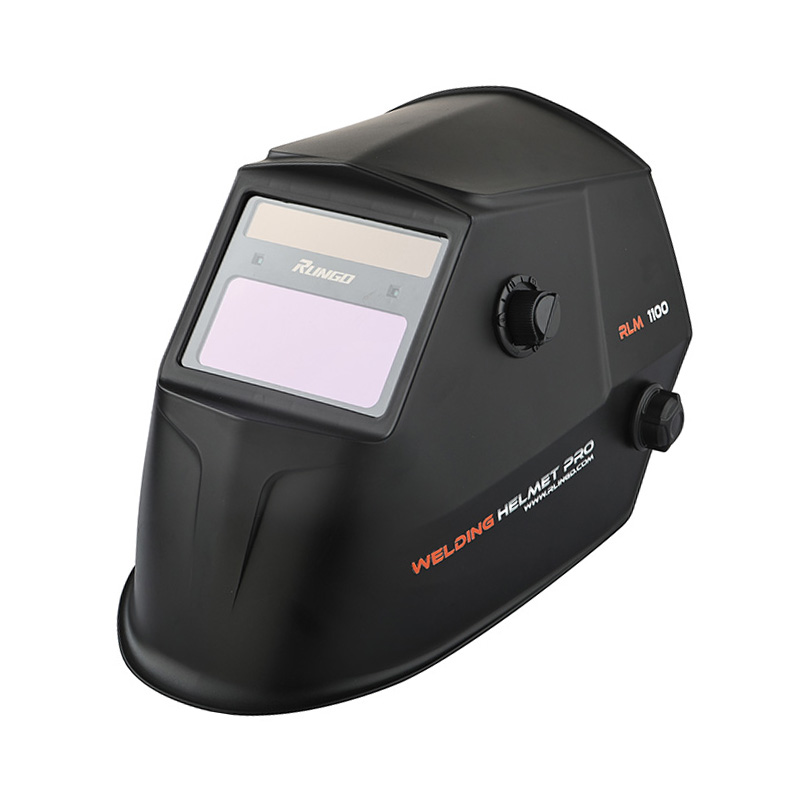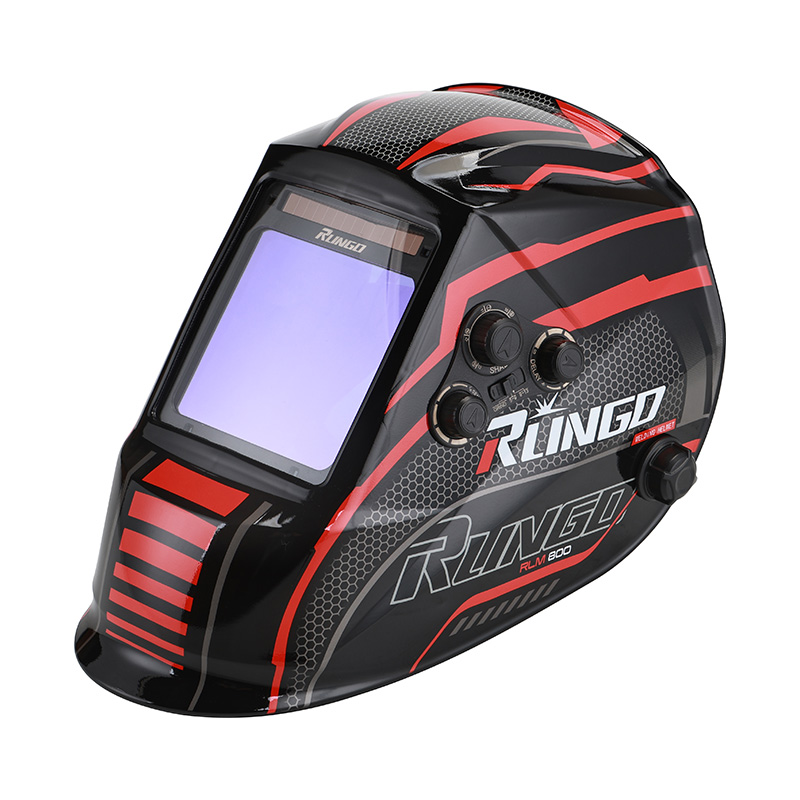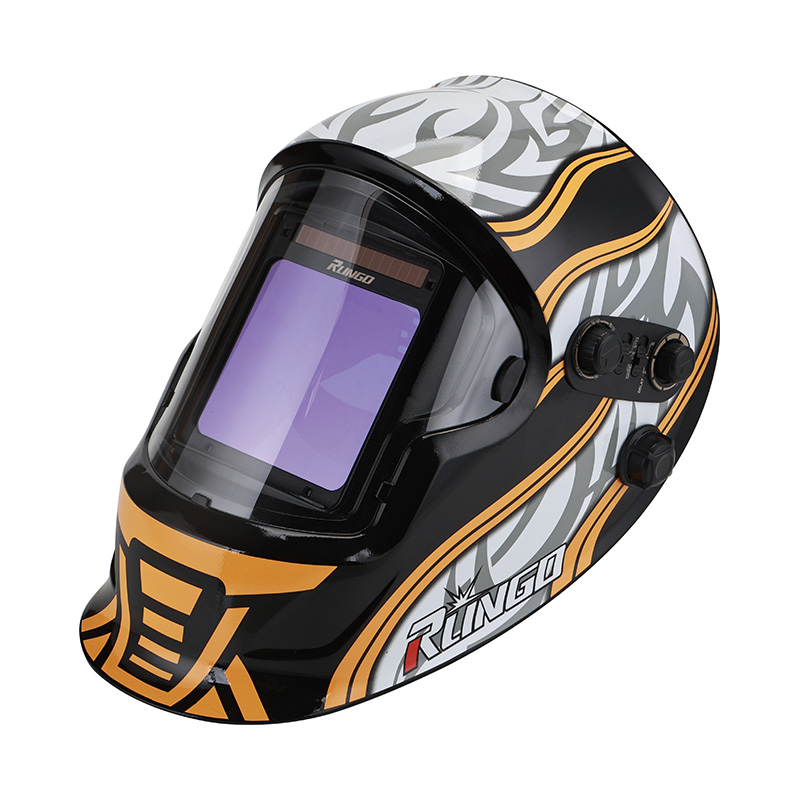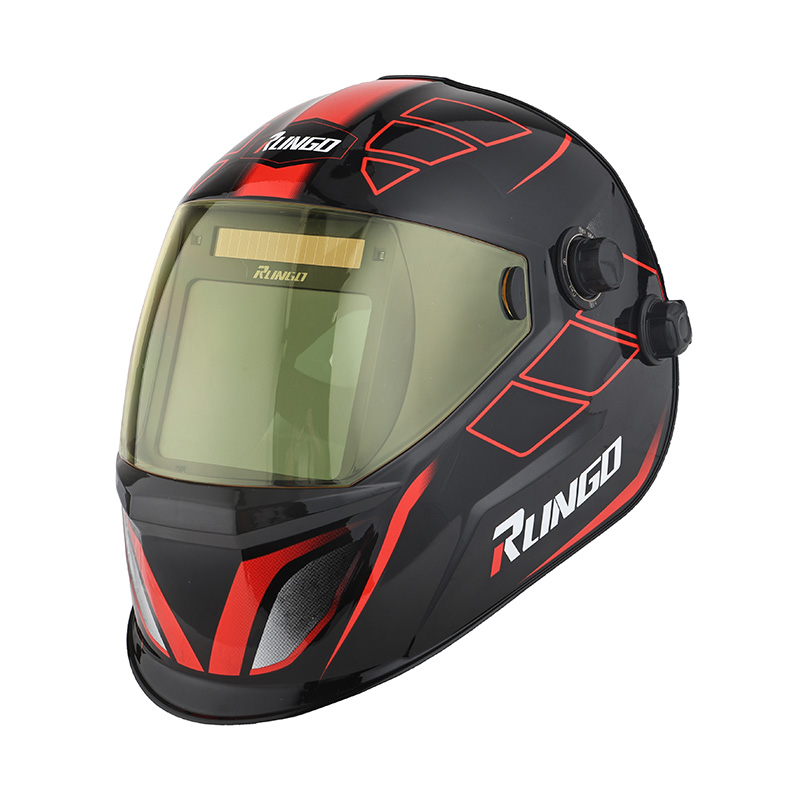Brightness Adjustment Capabilities of Full Face Auto Darkening Welding Helmet
2025-10-10
The Role of Adjustable Brightness
A Full Face Auto Darkening Welding Helmet is designed to provide welders with essential protection from intense light, UV, and IR radiation during welding. One key feature is the adjustable brightness, which allows the helmet to adapt to different welding processes such as TIG, MIG, and MMA. Adjusting brightness correctly not only protects the welder’s eyes but also improves visibility and precision during work.
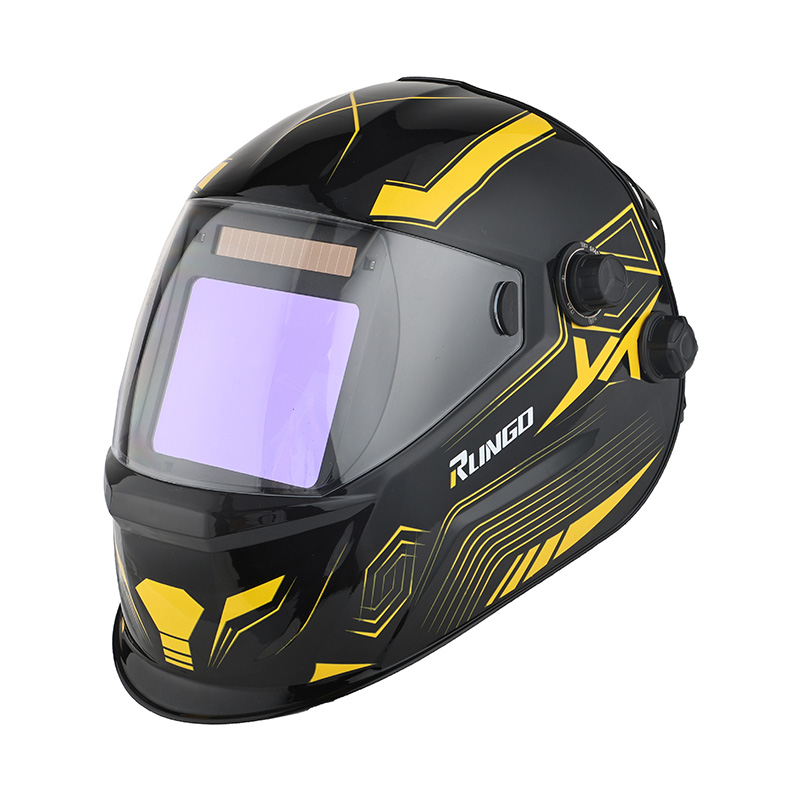
Understanding Different Welding Processes
- TIG Welding: TIG welding produces a bright and concentrated arc. It often requires a lower shade setting because the light intensity is high but localized, demanding precise adjustments to prevent eye strain.
- MIG Welding: MIG welding produces a moderate and continuous arc. Adjustable brightness allows the welder to maintain a balanced view of the workpiece while staying protected from harmful light.
- MMA Welding: MMA welding creates a more intense and irregular arc with higher spatter. Higher shade settings are often necessary, and helmets with adjustable brightness ensure the welder is fully protected while maintaining visibility.
Features Supporting Brightness Adjustment
- Variable Shade Control: Most modern auto darkening helmets include a variable shade range, often from 9 to 13, allowing the welder to customize the lens according to the welding process and ambient light conditions.
- External Control Dials: Conveniently placed dials or buttons enable quick adjustments without removing the helmet, making it easier to switch between TIG, MIG, and MMA welding.
- Memory Function: Some helmets include a memory feature that remembers previous settings, improving workflow efficiency and ensuring consistent protection.
Benefits of Adjustable Brightness
- Eye Protection: Correct brightness settings prevent eye fatigue, reduce the risk of arc eye, and protect against long-term damage from UV and IR exposure.
- Improved Precision: By adjusting the brightness of the welding process, the welder gains better visibility of the arc and workpiece, which causes cleaner and more accurate welds.
- Enhanced Comfort: Helmets with adjustable brightness reduce glare and eye strain, allowing welders to work longer without discomfort.
Considerations When Choosing an Adjustable Helmet
- Response Time: The helmet’s auto-darkening lens must react quickly to sudden bright arcs. Faster response times enhance safety during dynamic welding tasks.
- Shade Range: Ensure the helmet covers a wide shade range suitable for all intended welding processes.
- Power Source: Many helmets use solar or battery-assisted power for the auto-darkening feature. Reliable power sources are crucial for consistent brightness adjustment.
- Durability and Comfort: Lightweight materials and ergonomic design help maintain comfort while supporting long hours of use across multiple welding processes.
Proper Usage and Maintenance
- Correct Adjustment: Always set the shade level according to the welding type and amperage. Incorrect settings can reduce visibility or compromise eye protection.
- Regular Lens Cleaning: Dust and spatter can reduce the effectiveness of auto-darkening lenses, so cleaning the helmet regularly ensures suitable performance.
- Check Sensors and Batteries: Periodically inspect sensors and power components to maintain accurate brightness adjustment and reliable protection.
- Safety and Efficiency
A Full Face Auto auto-darkening welding Helmet with adjustable brightness is essential for adapting to different welding processes such as TIG, MIG, and MMA. Its features, including variable shade control, quick adjustment dials, and responsive sensors, ensure eye protection, precision, and comfort. Proper usage and maintenance further enhance the helmet’s effectiveness, making it a critical tool for any welder seeking safety and efficiency during diverse welding tasks.

